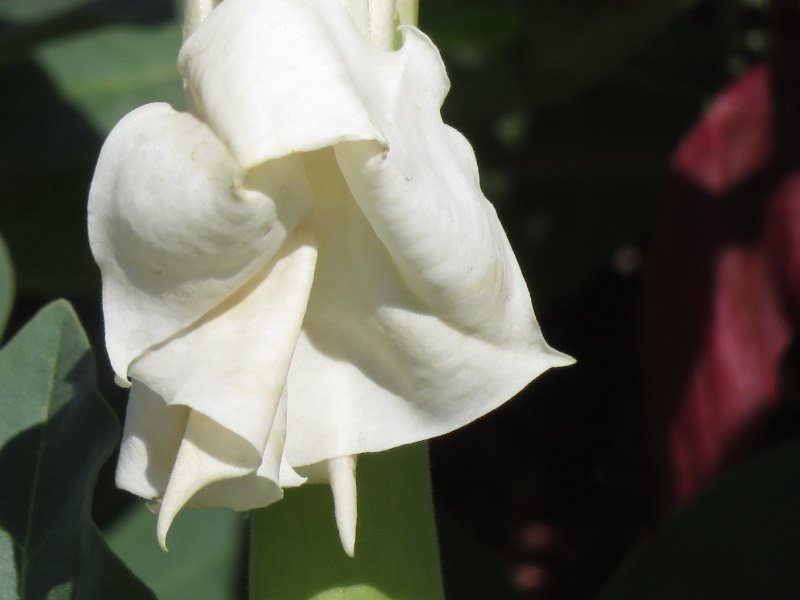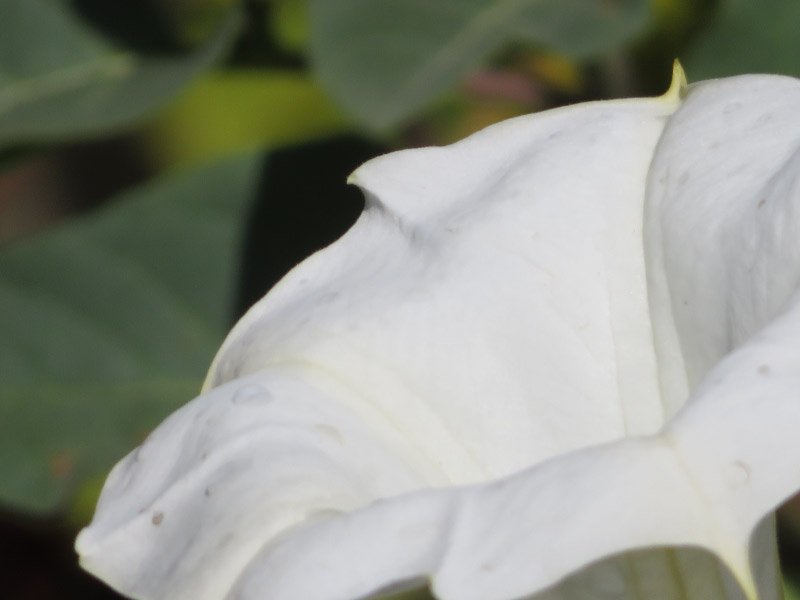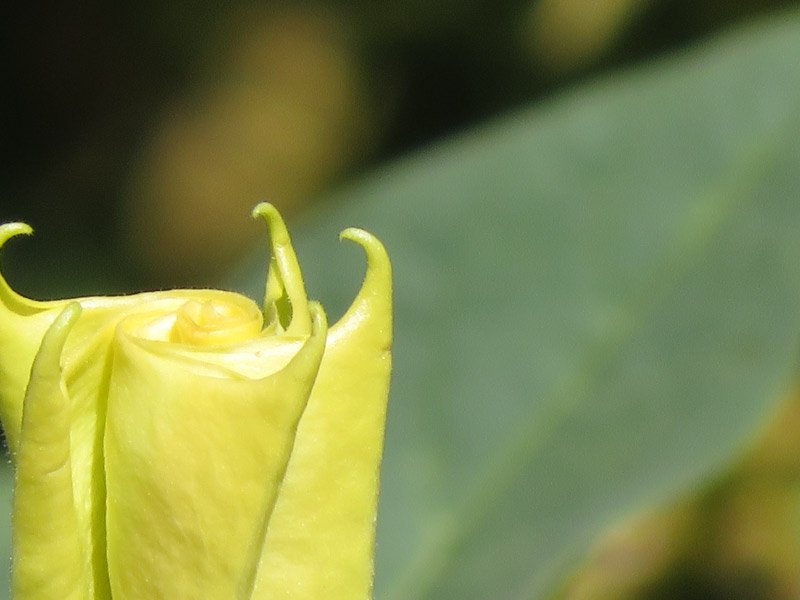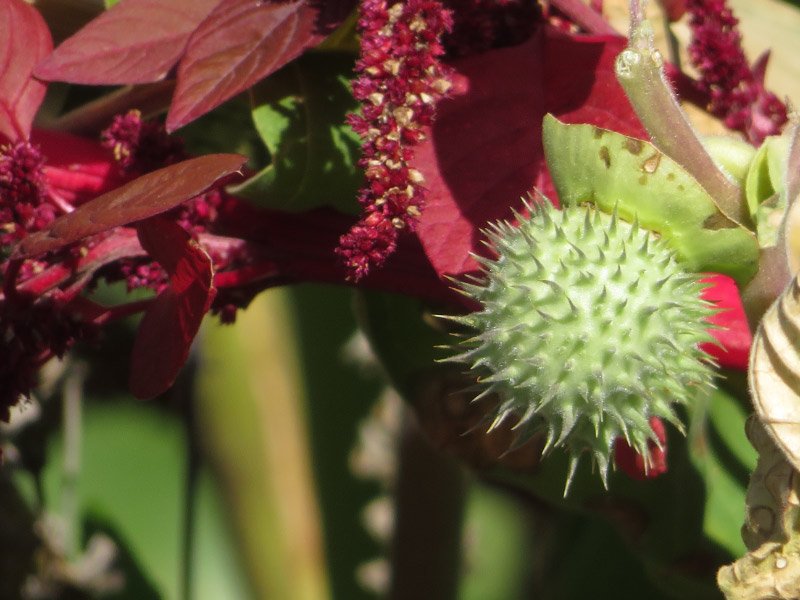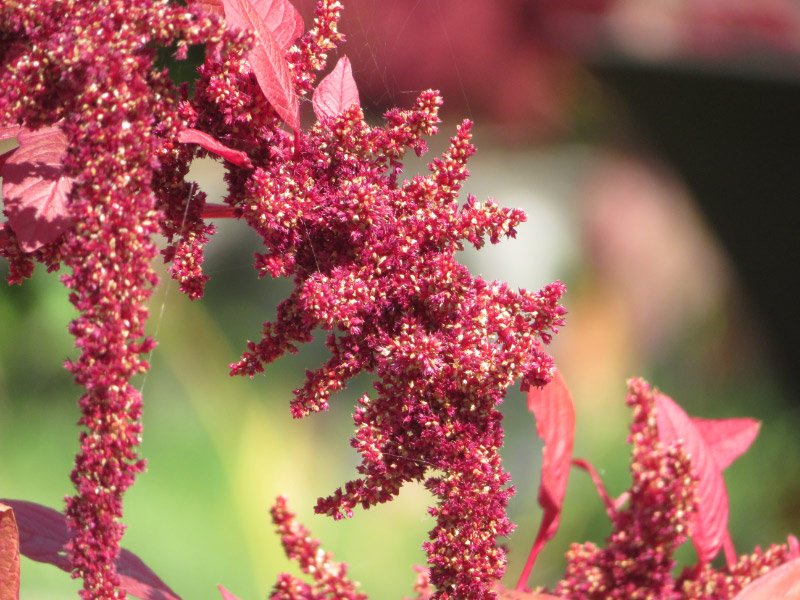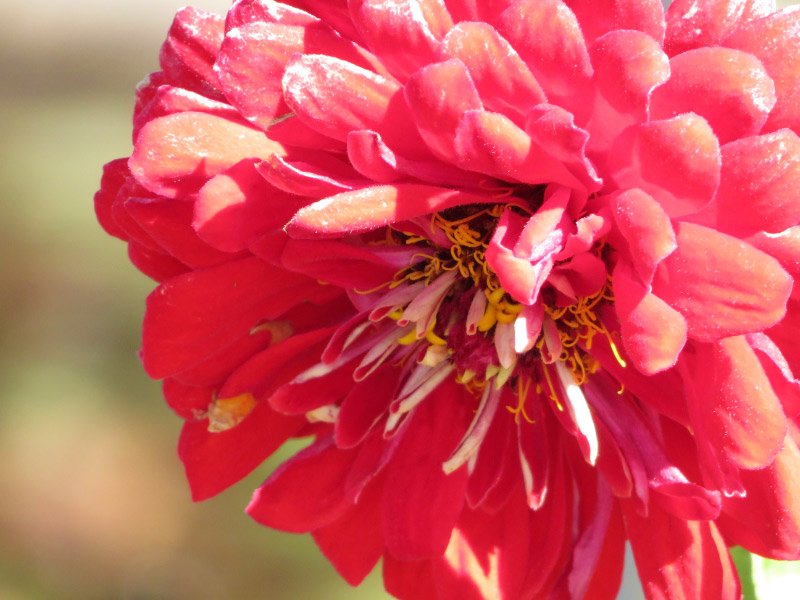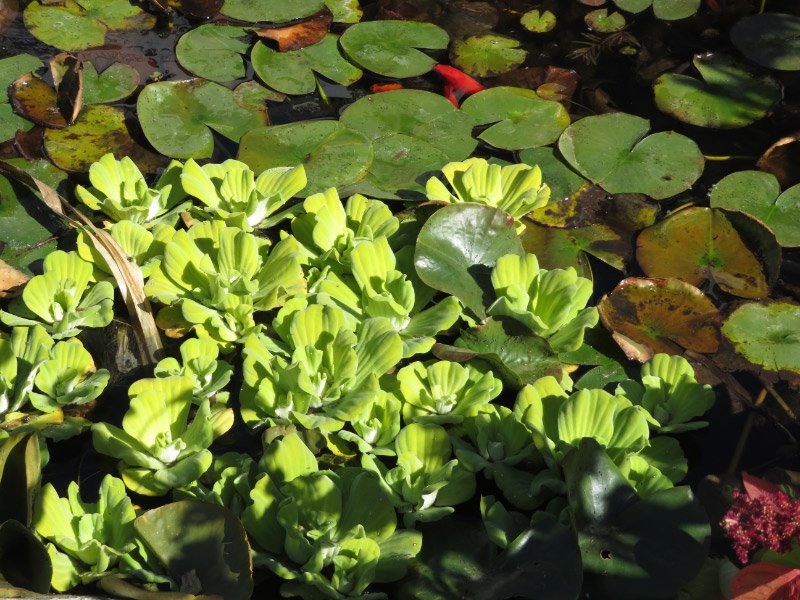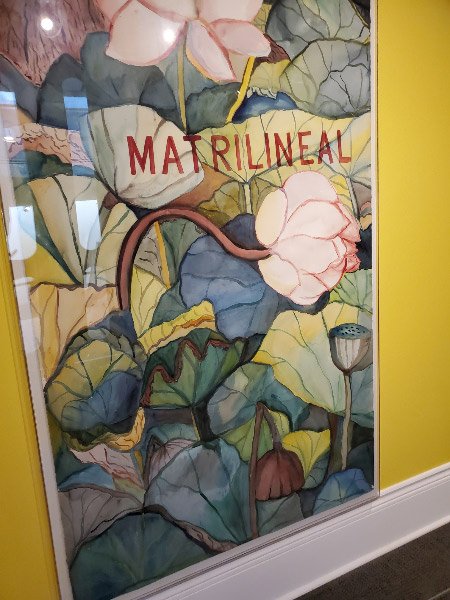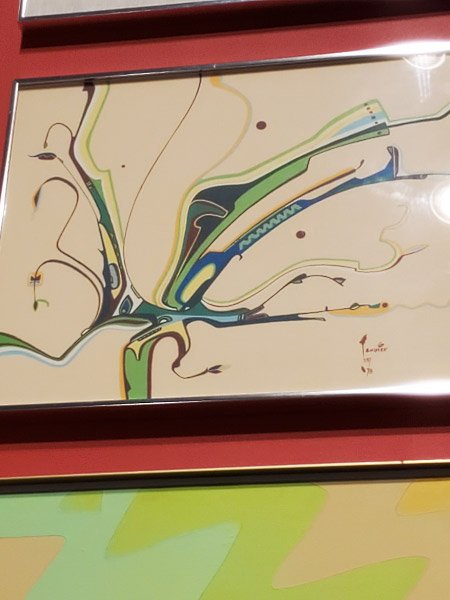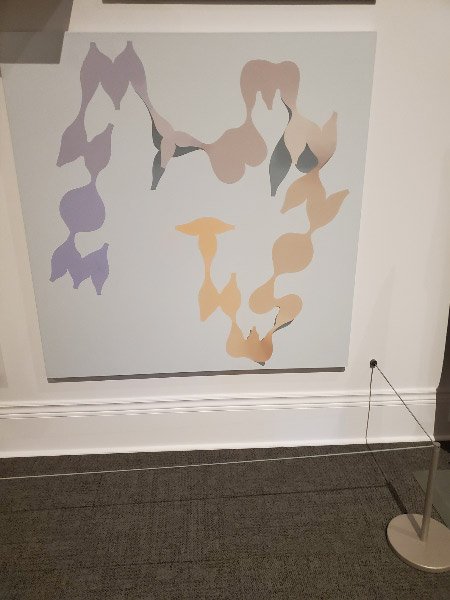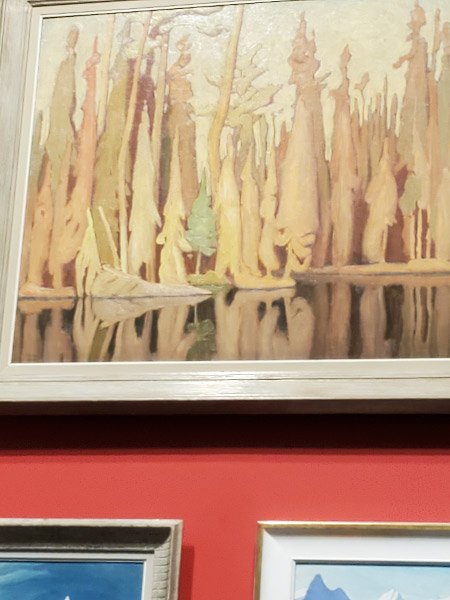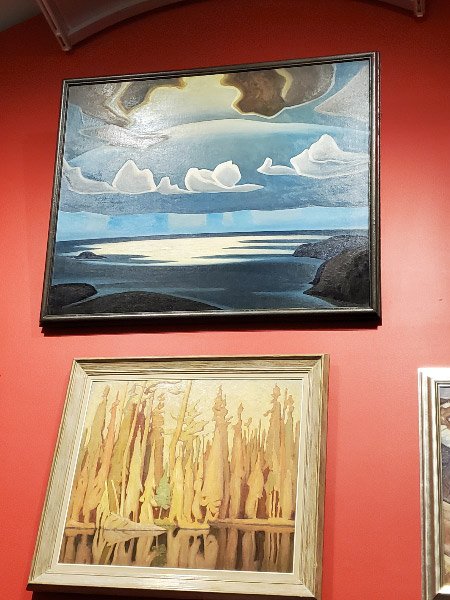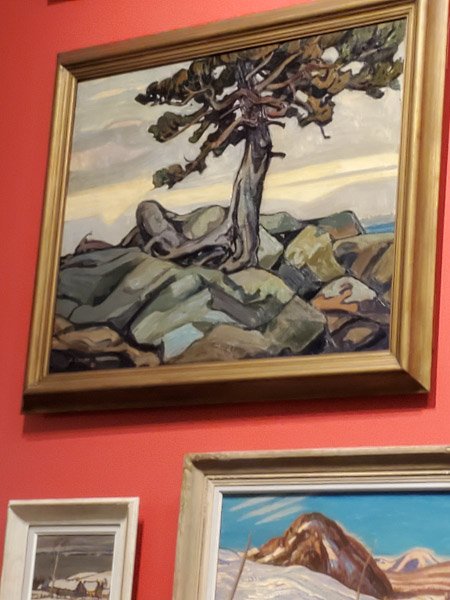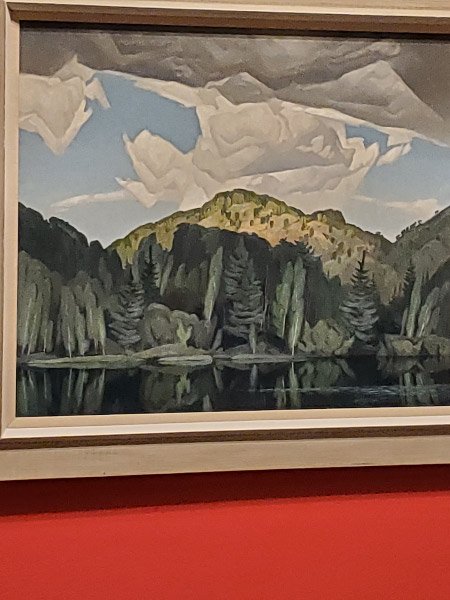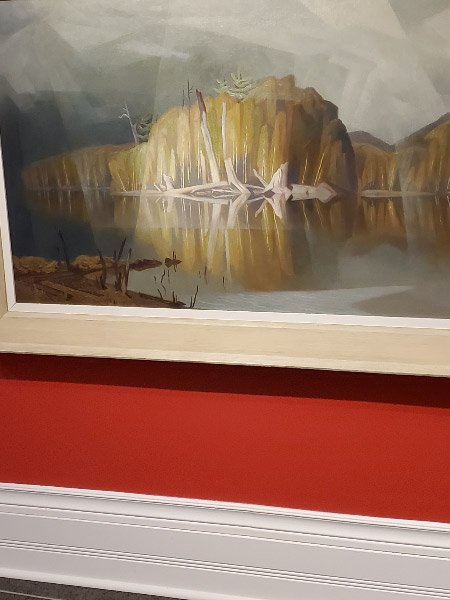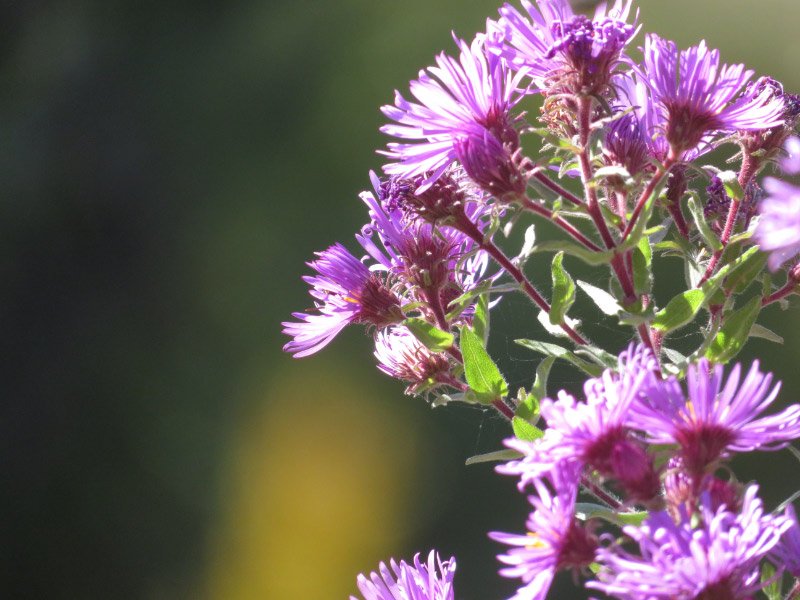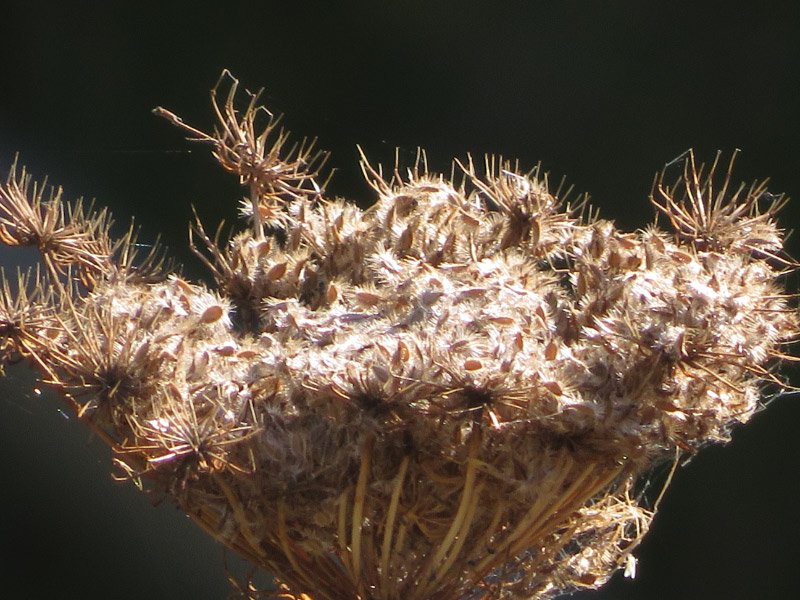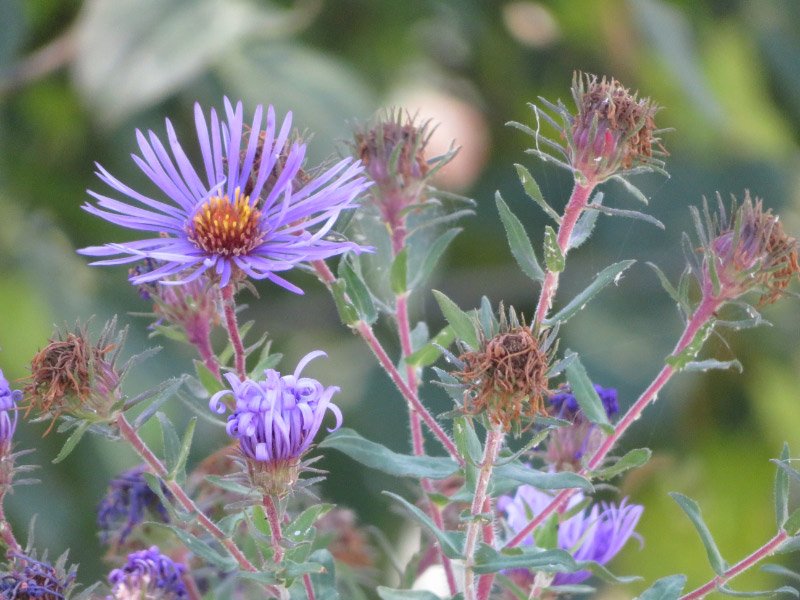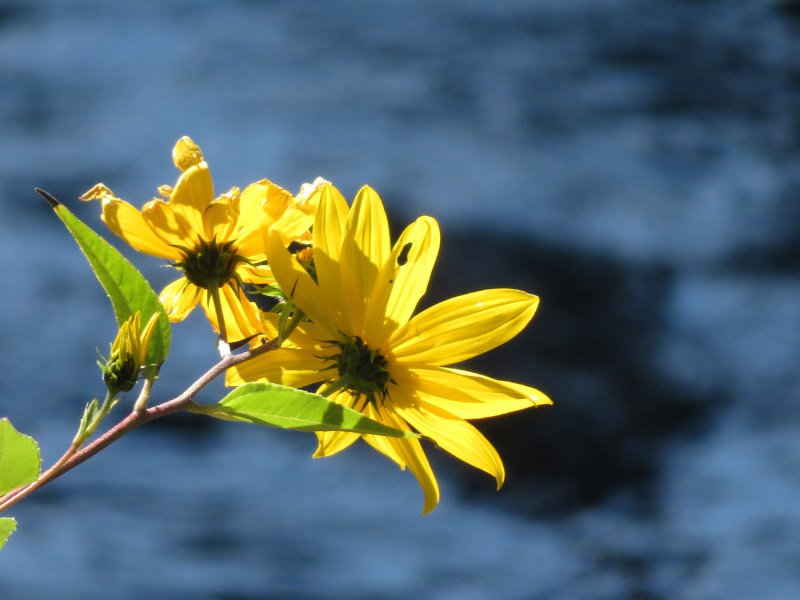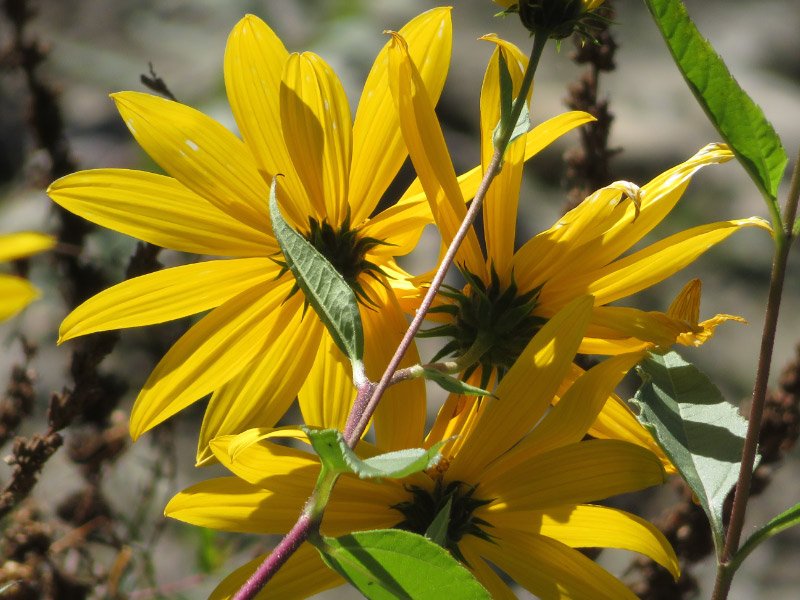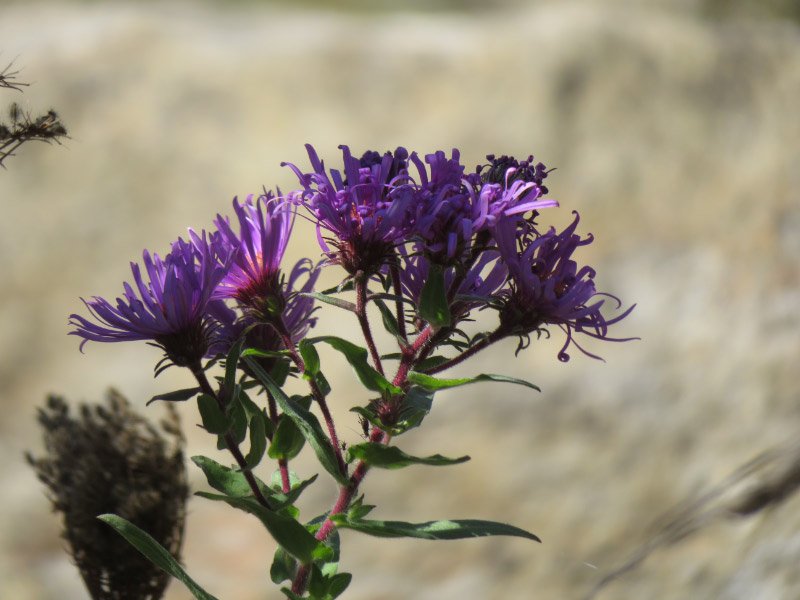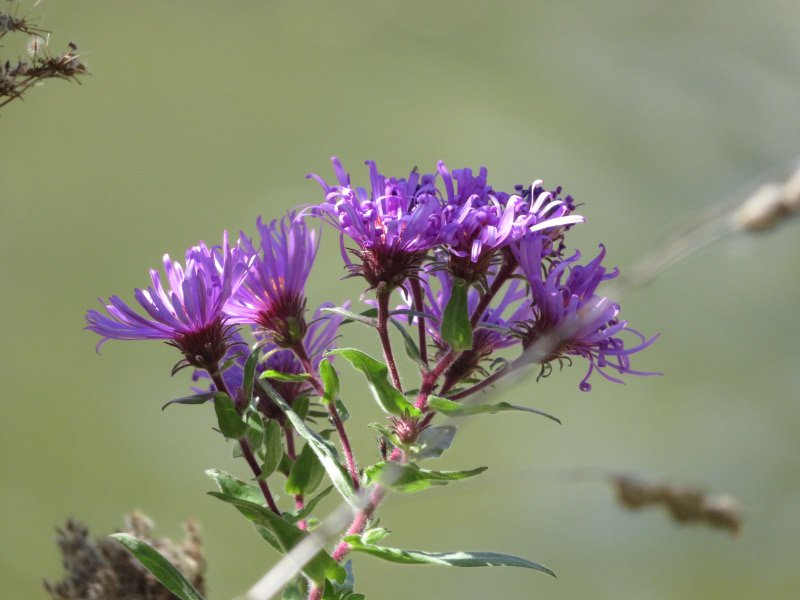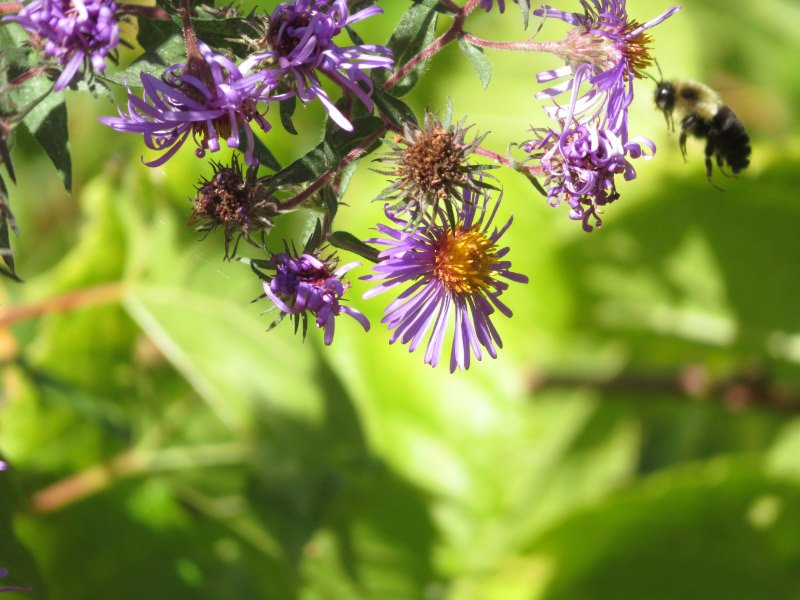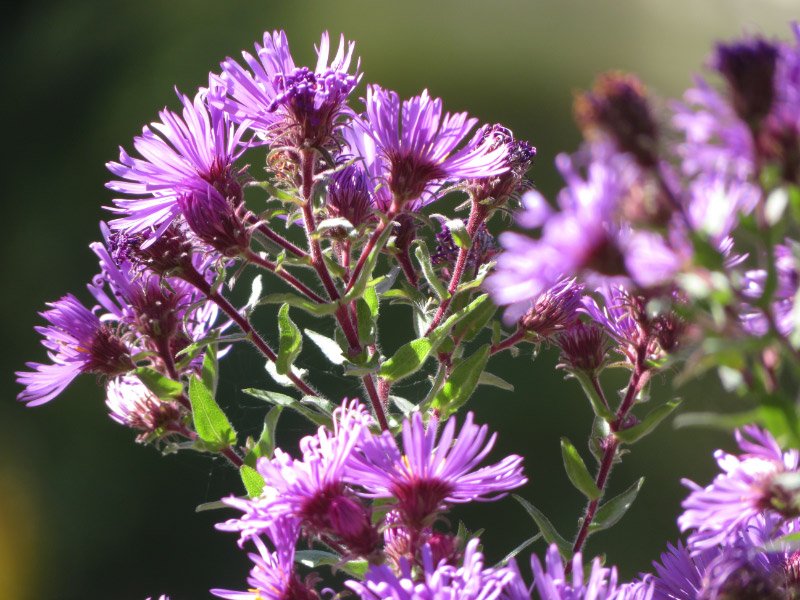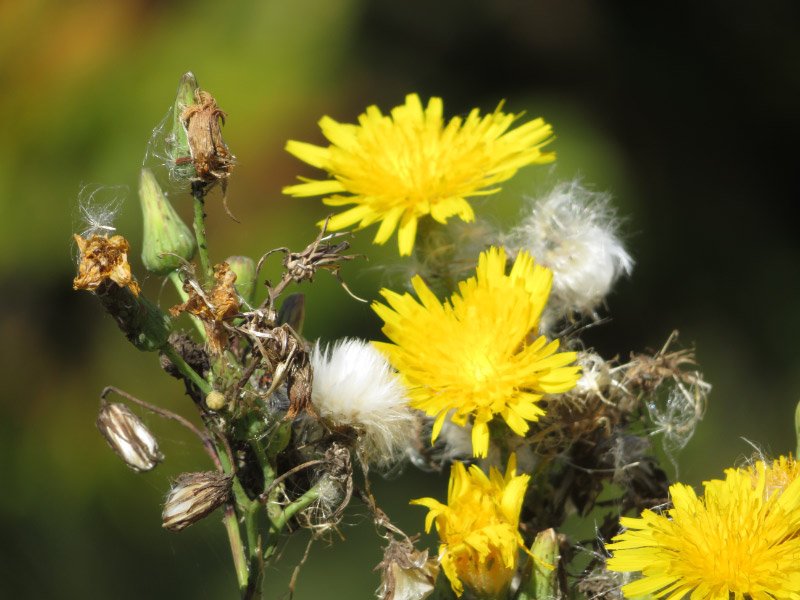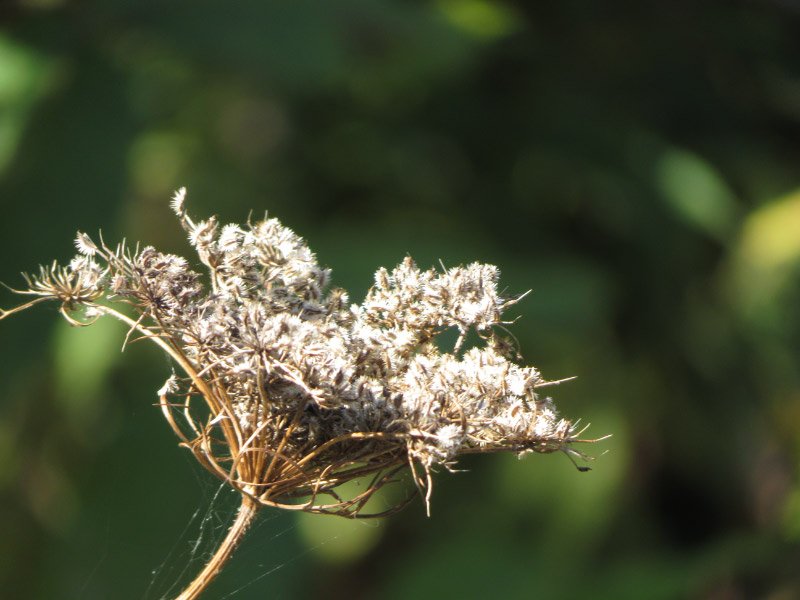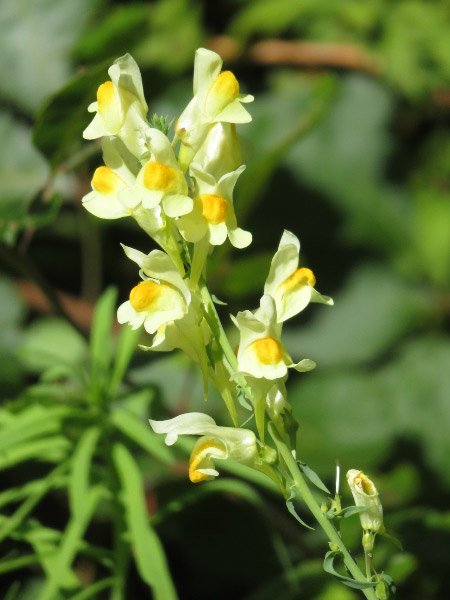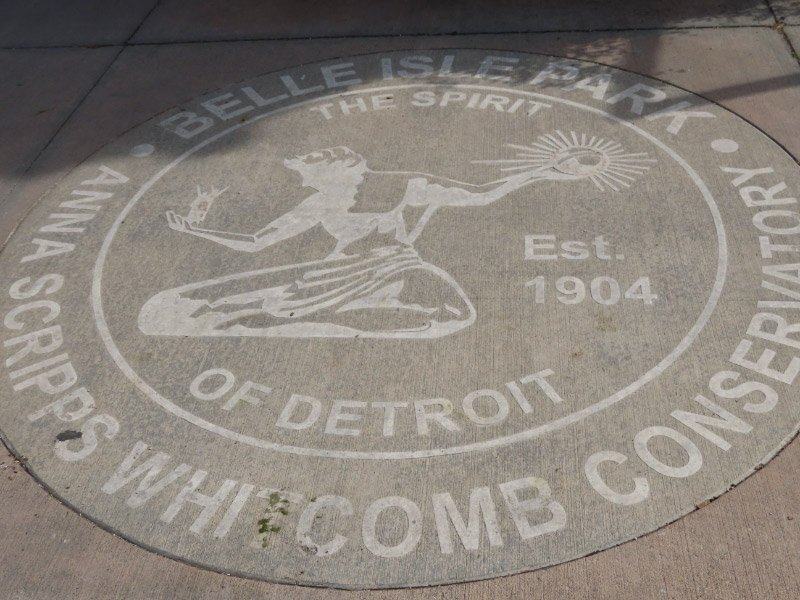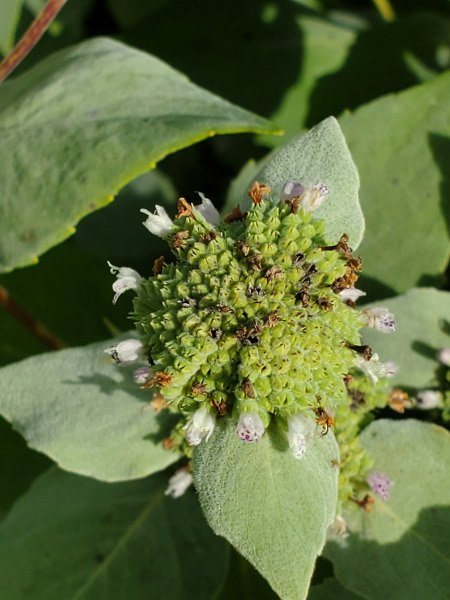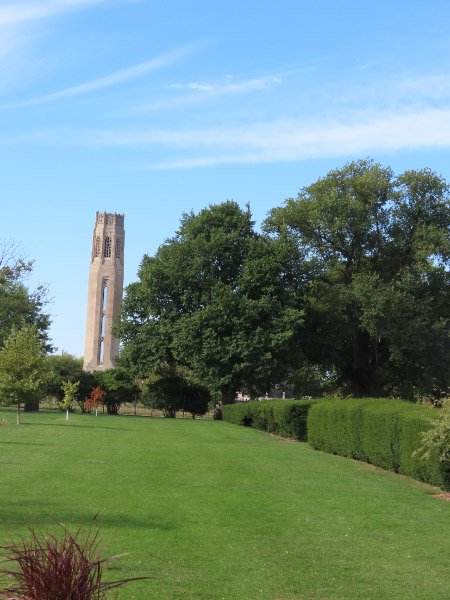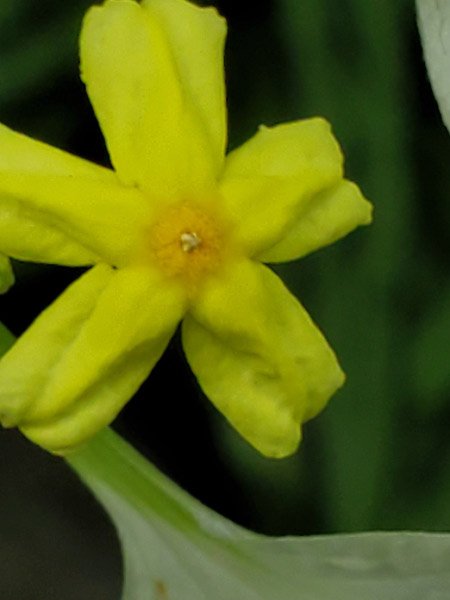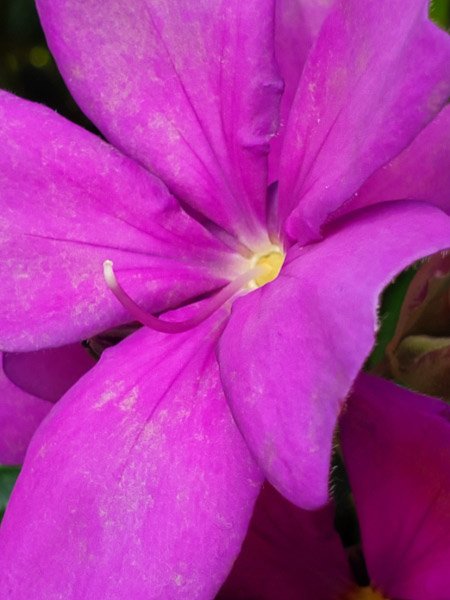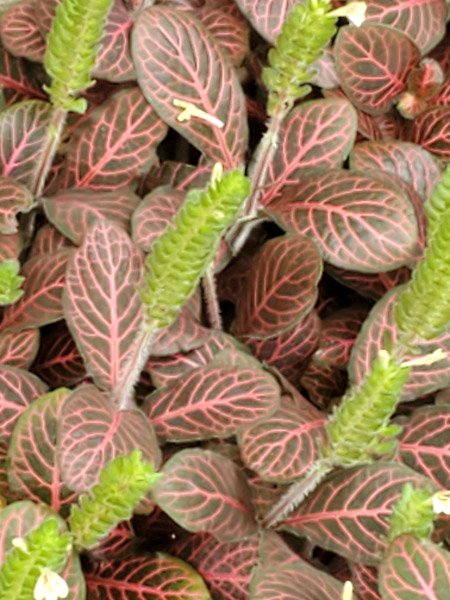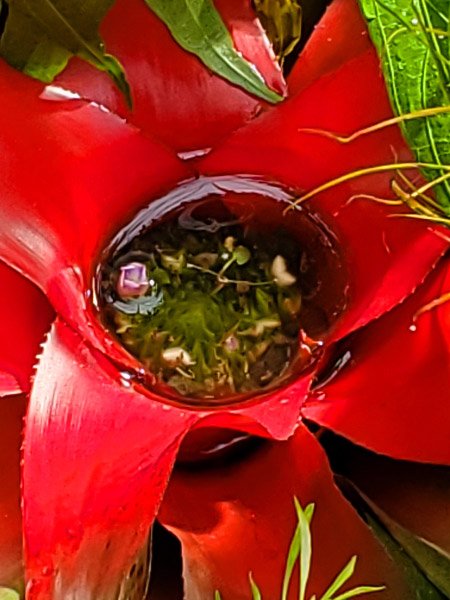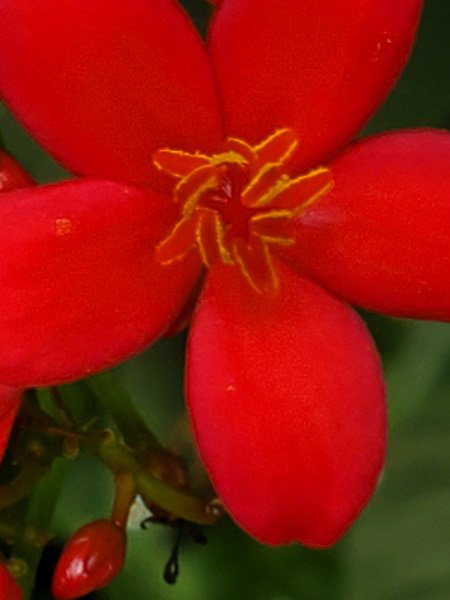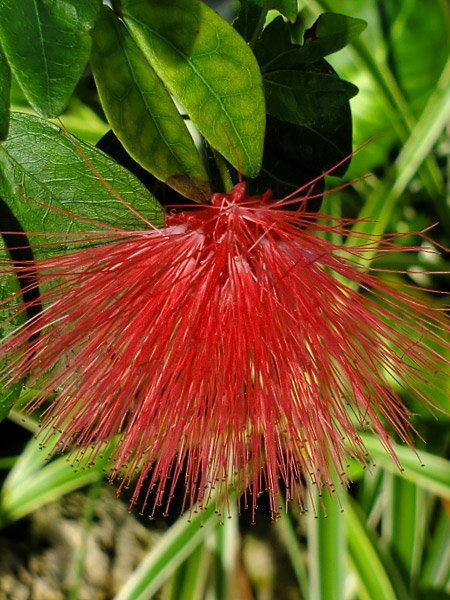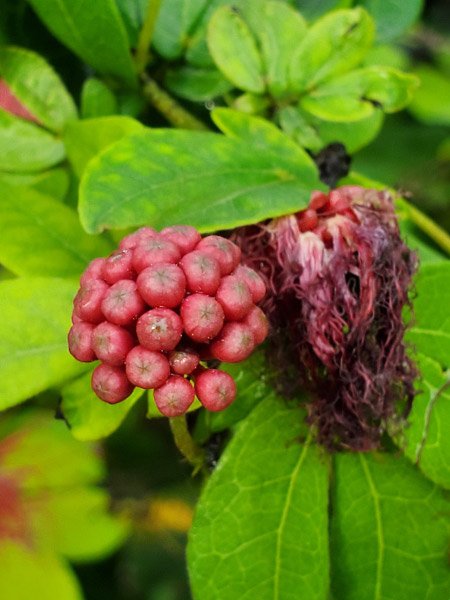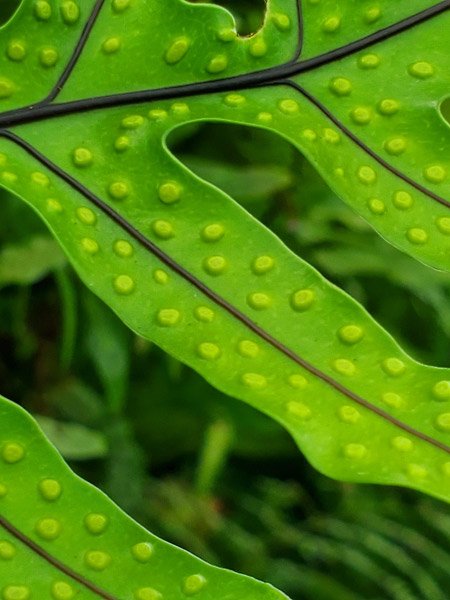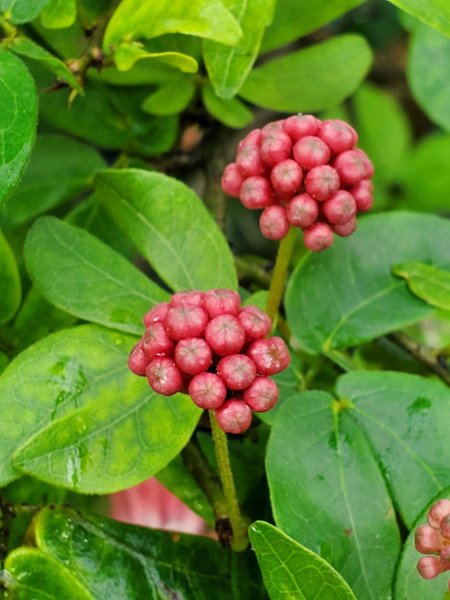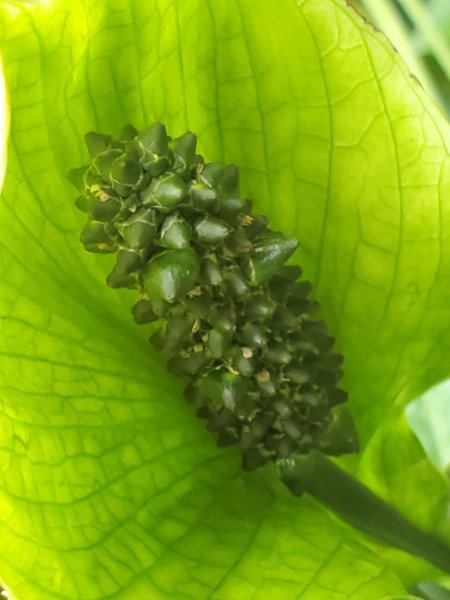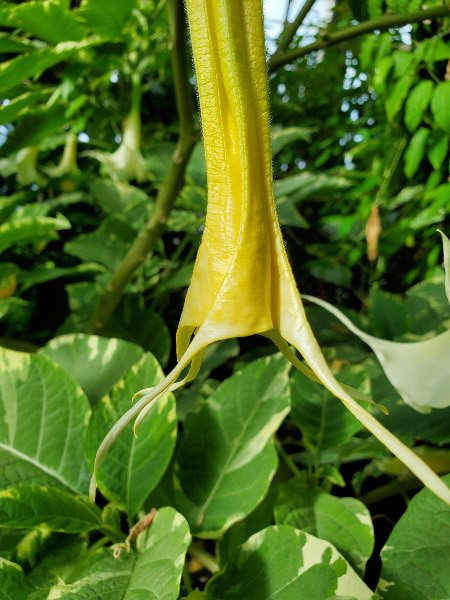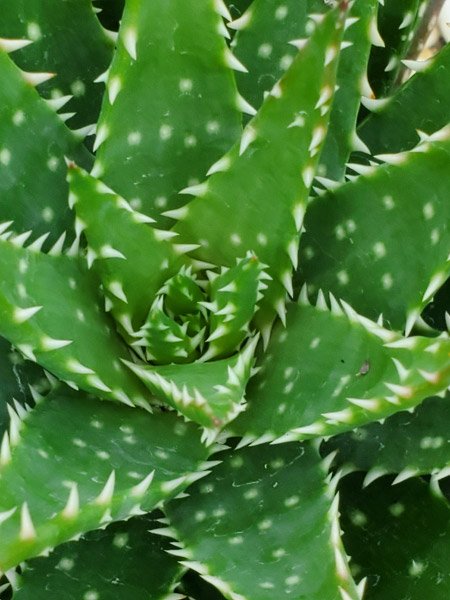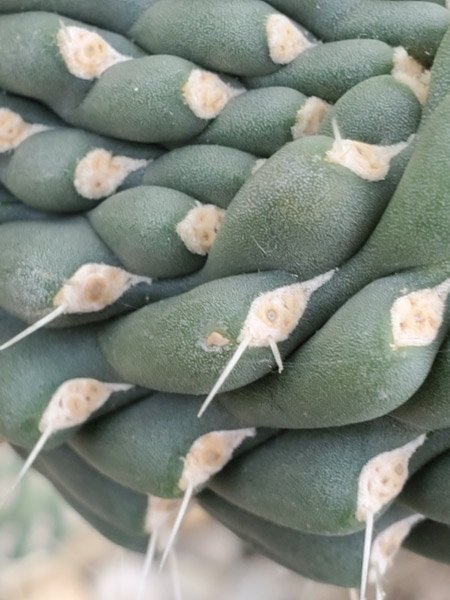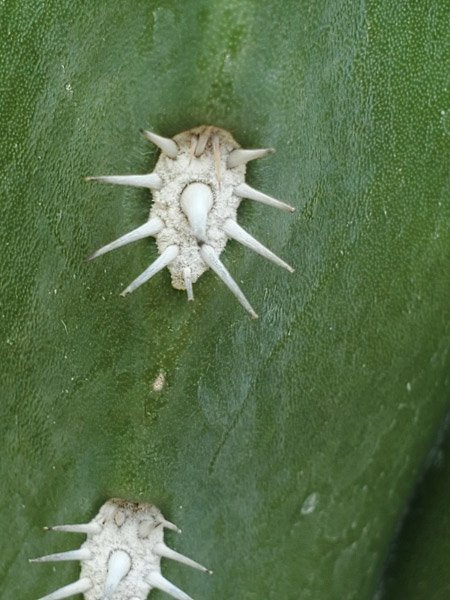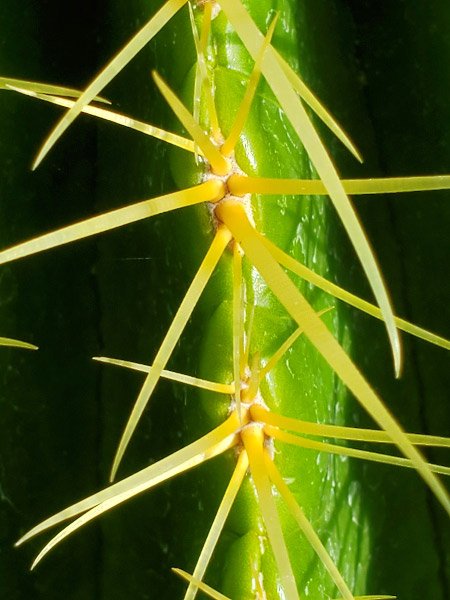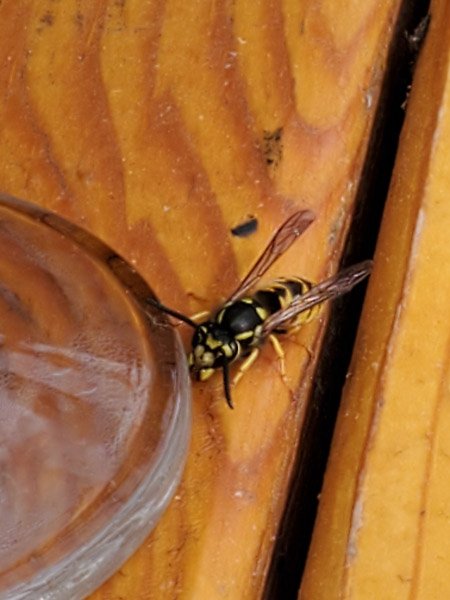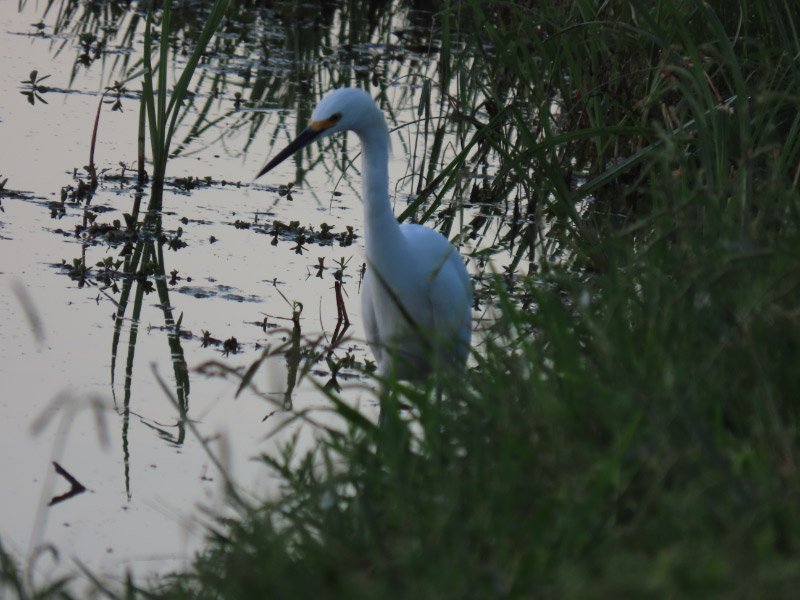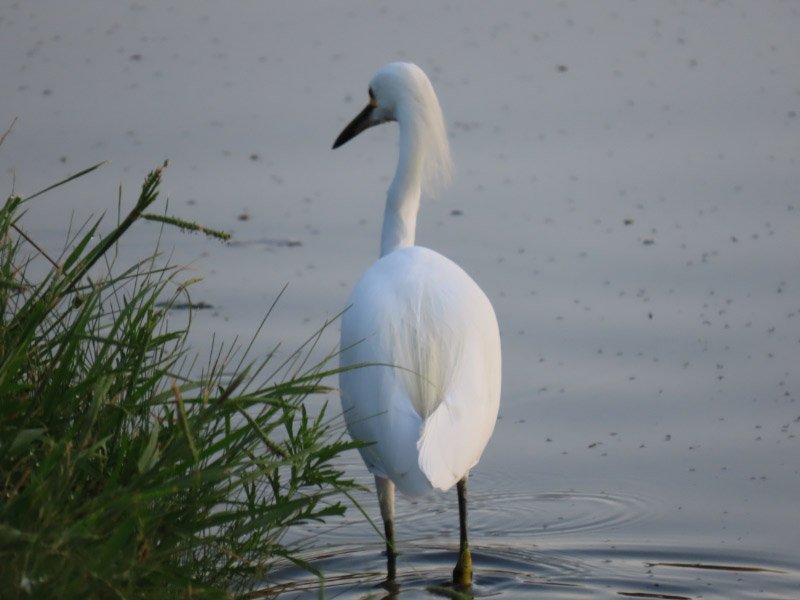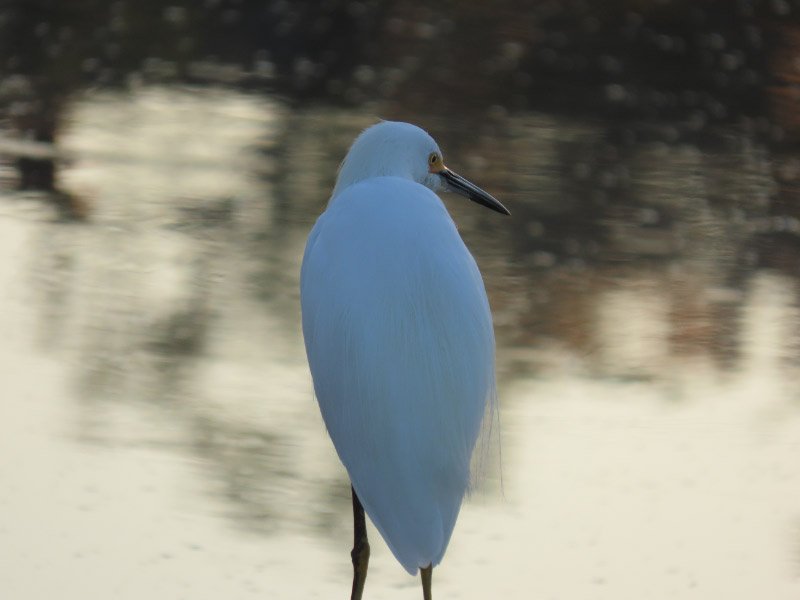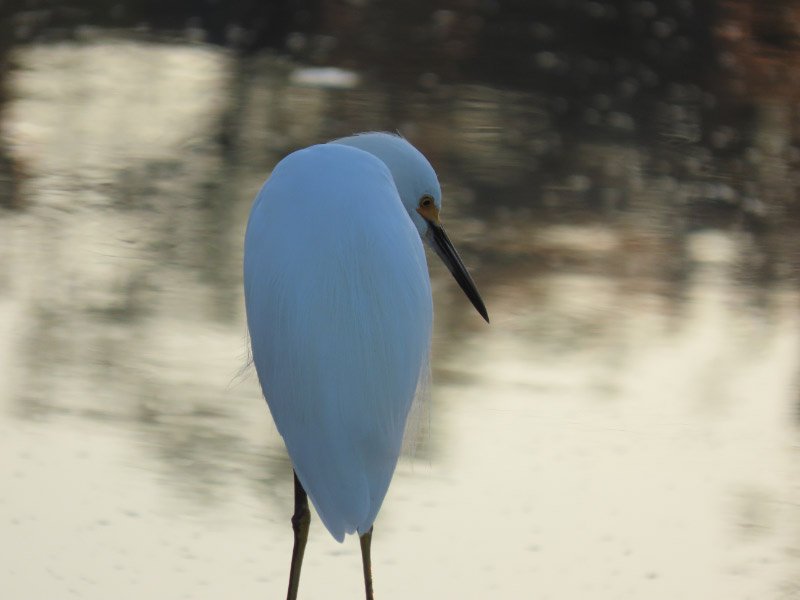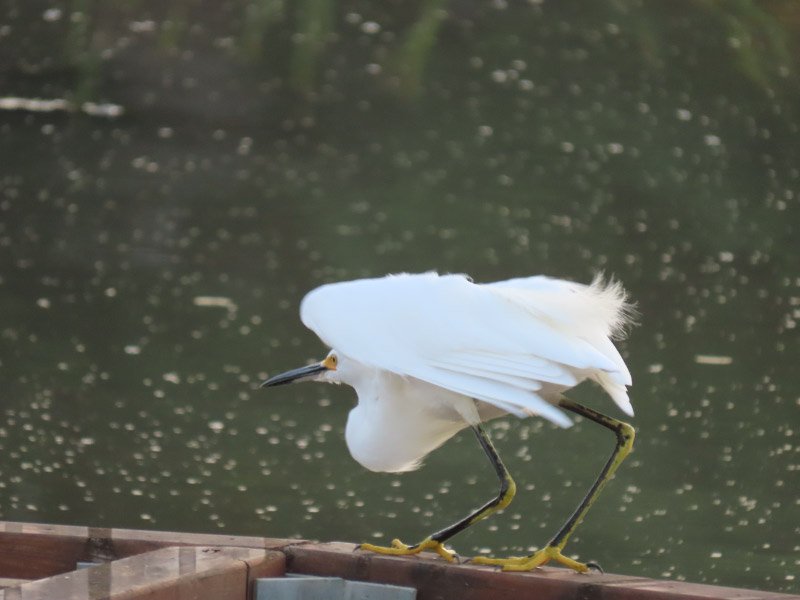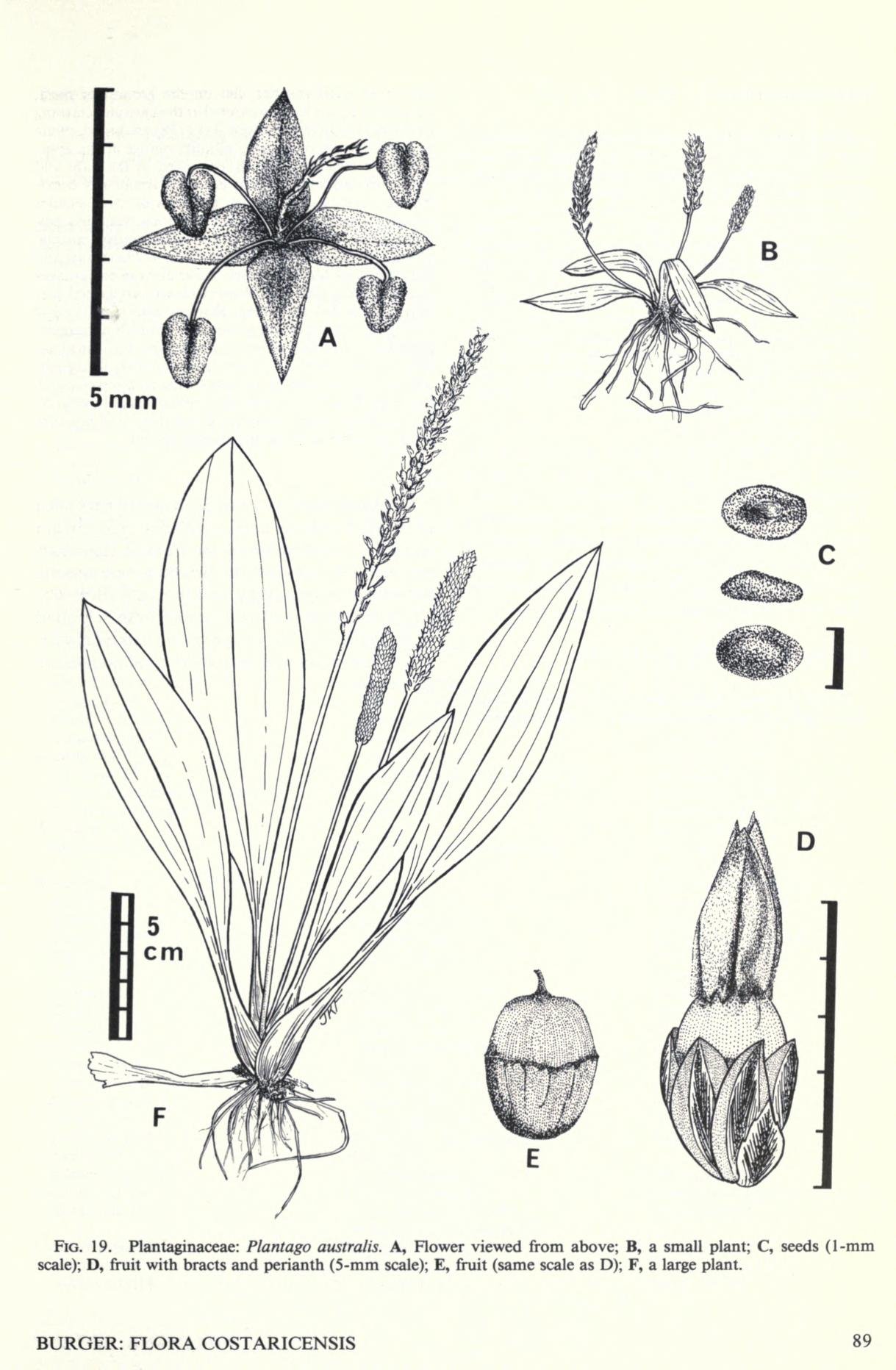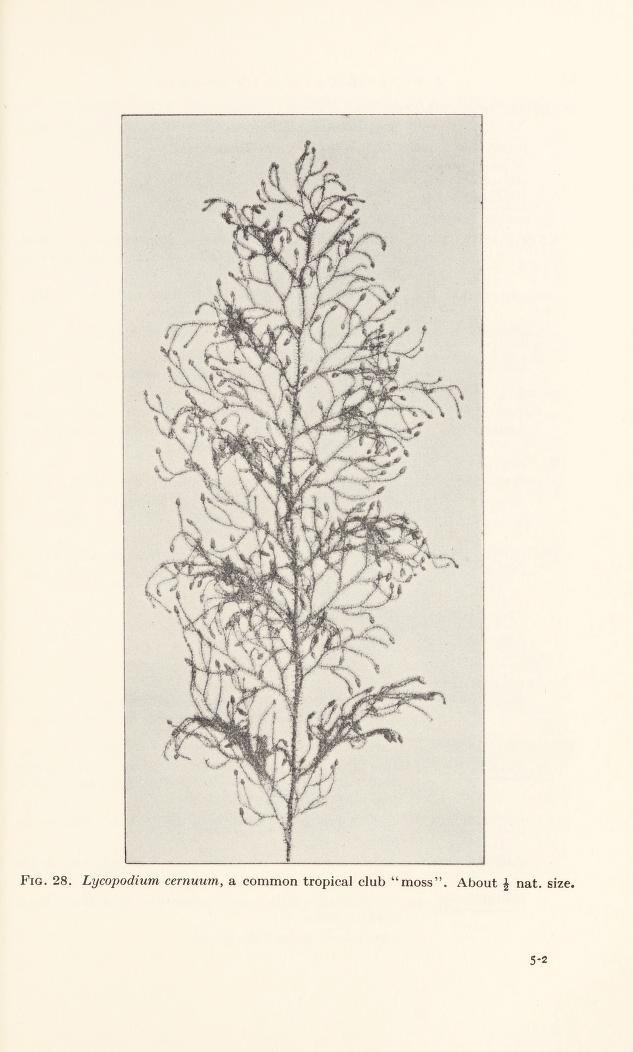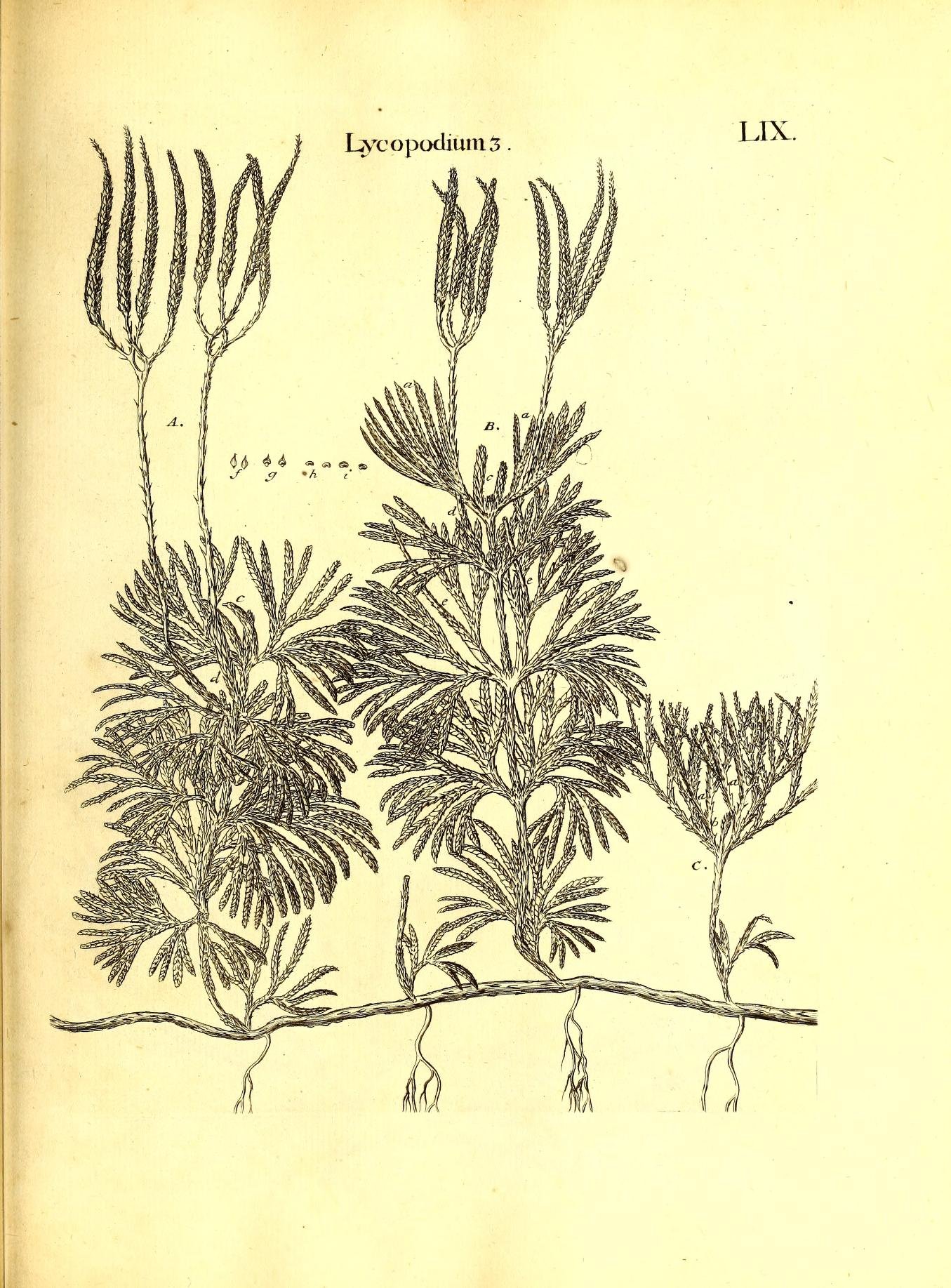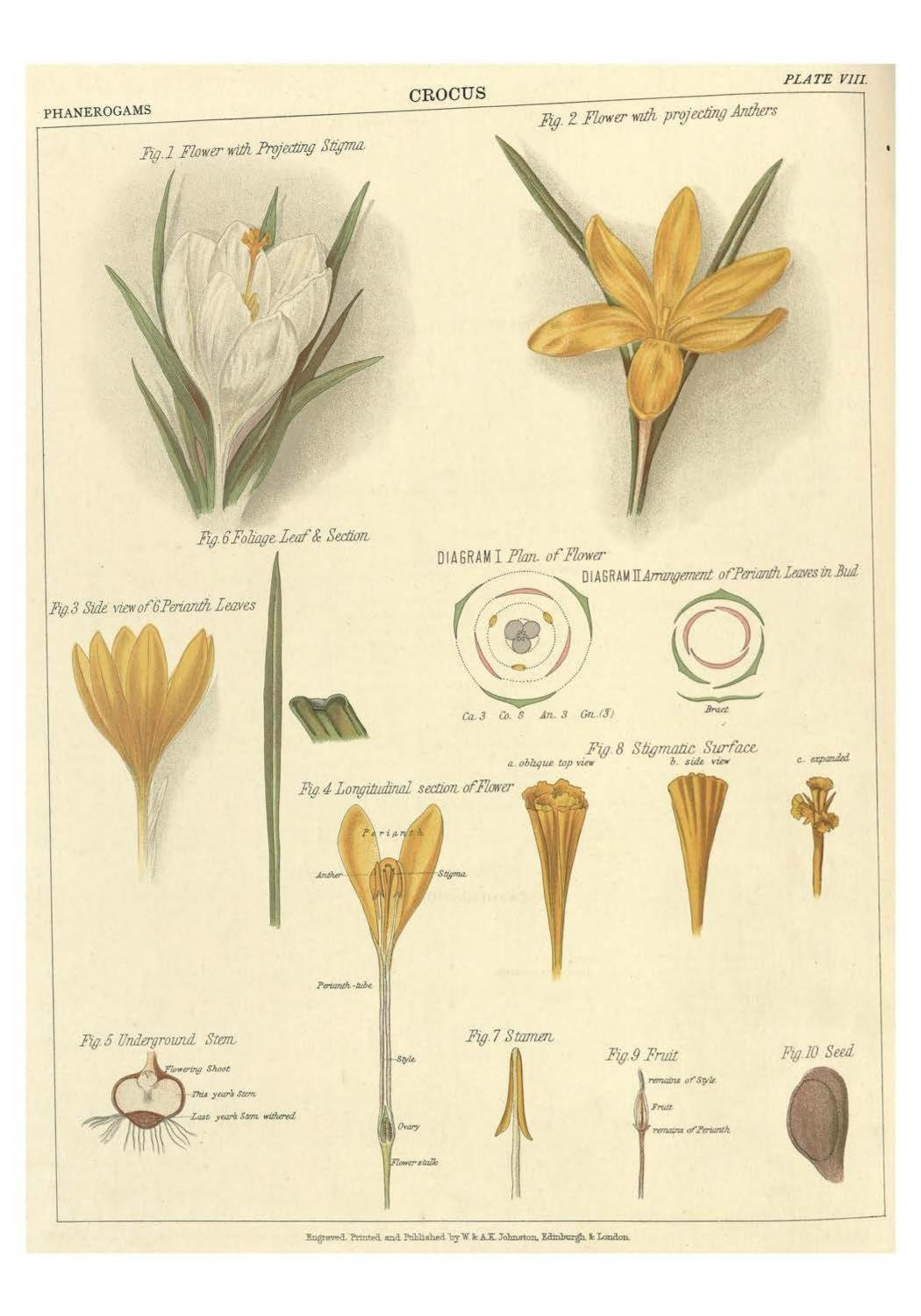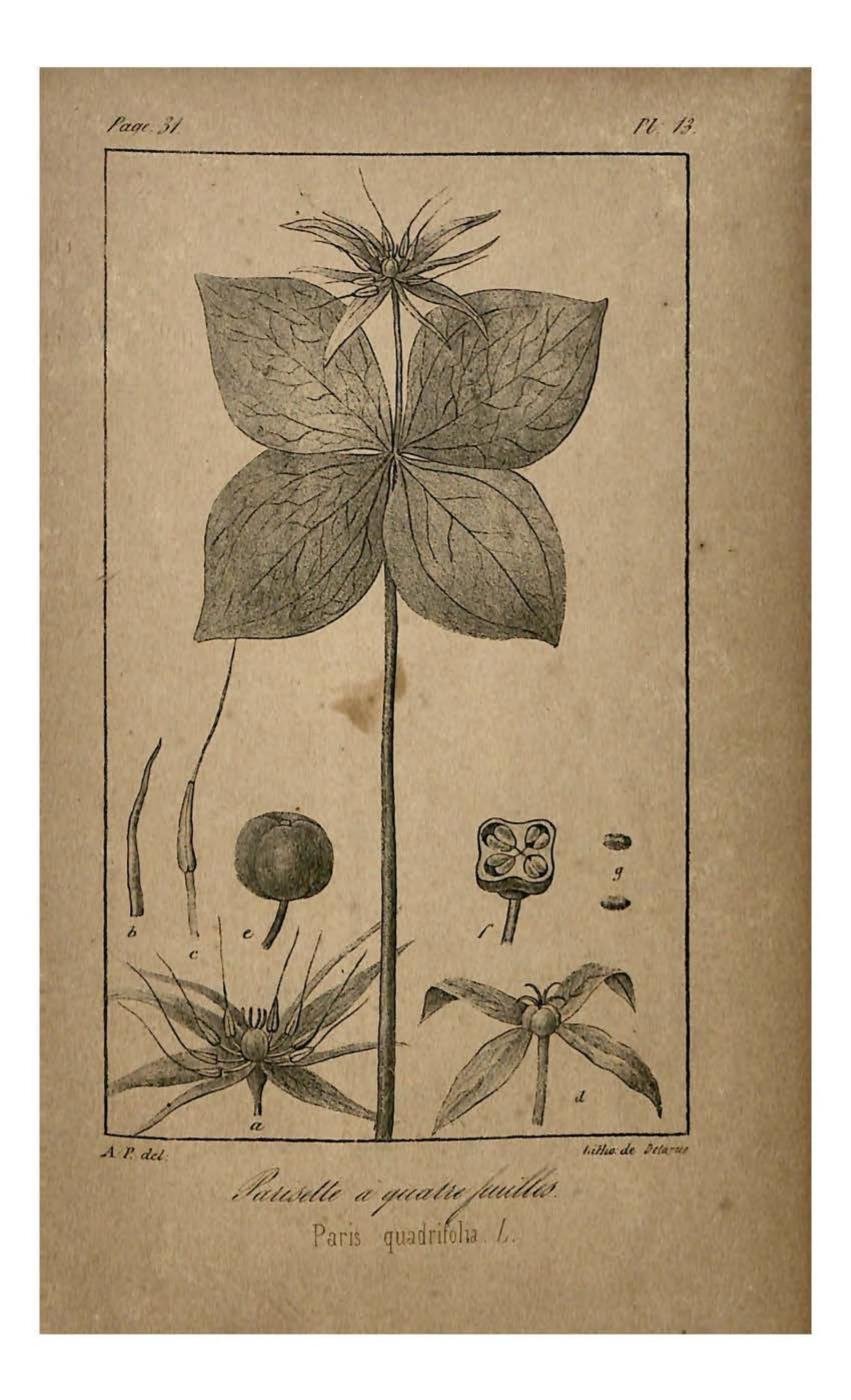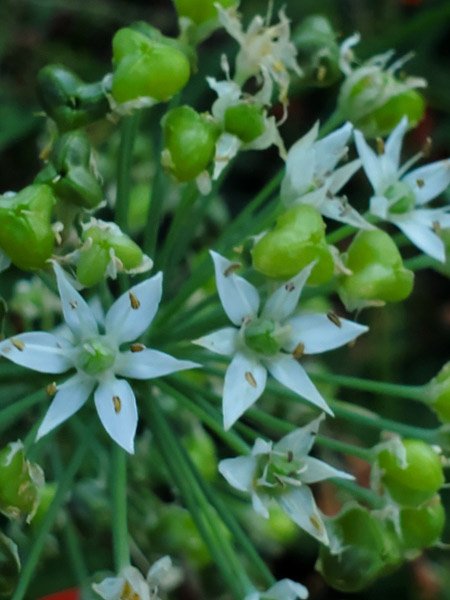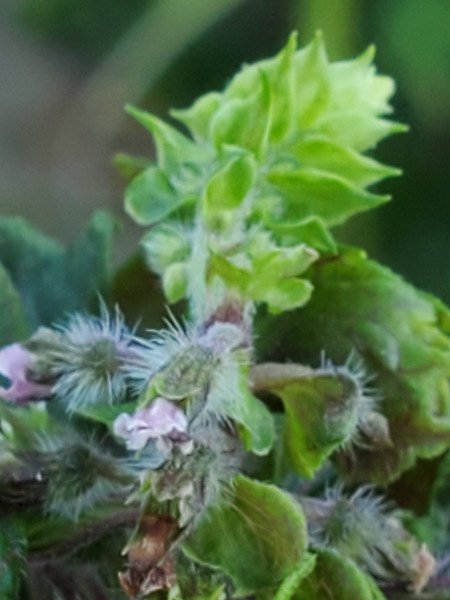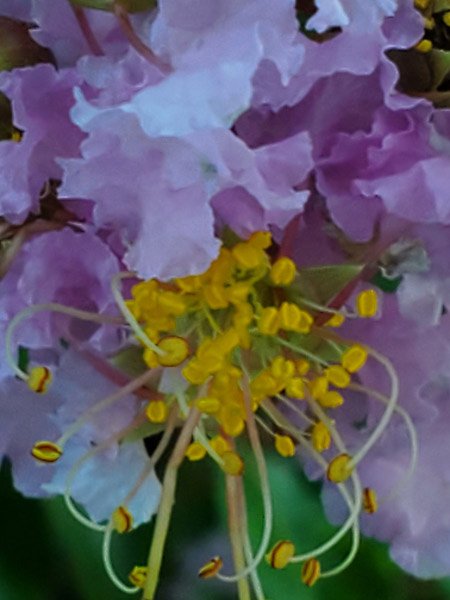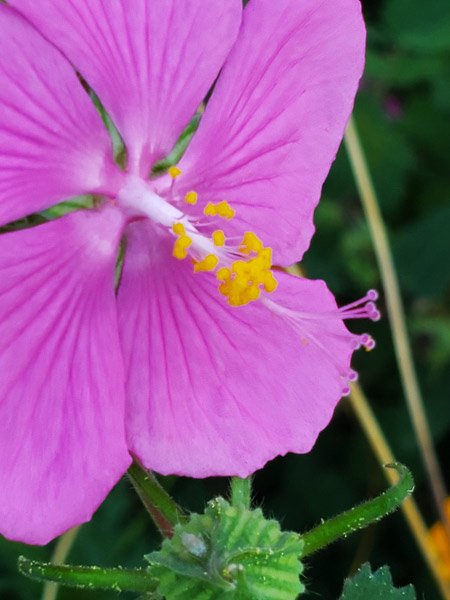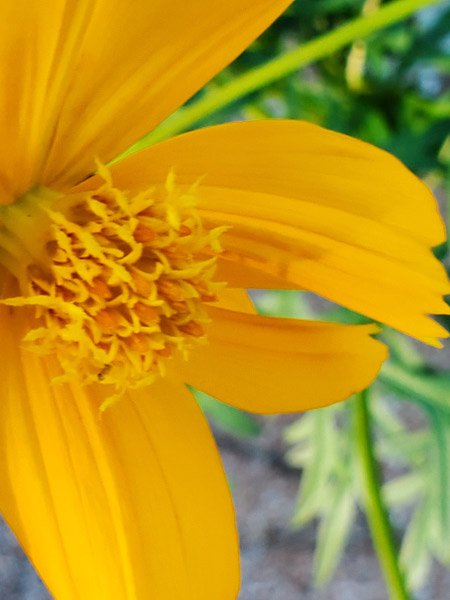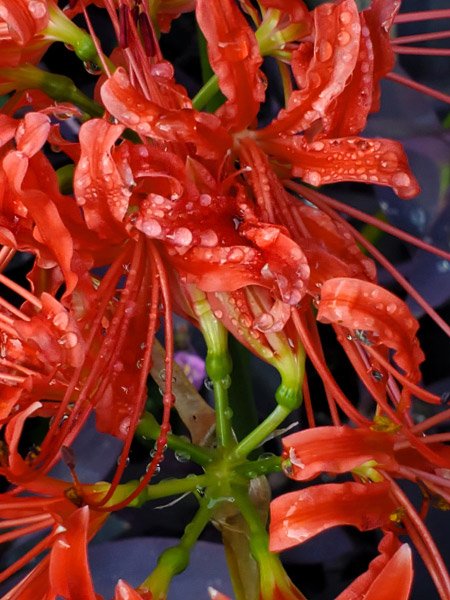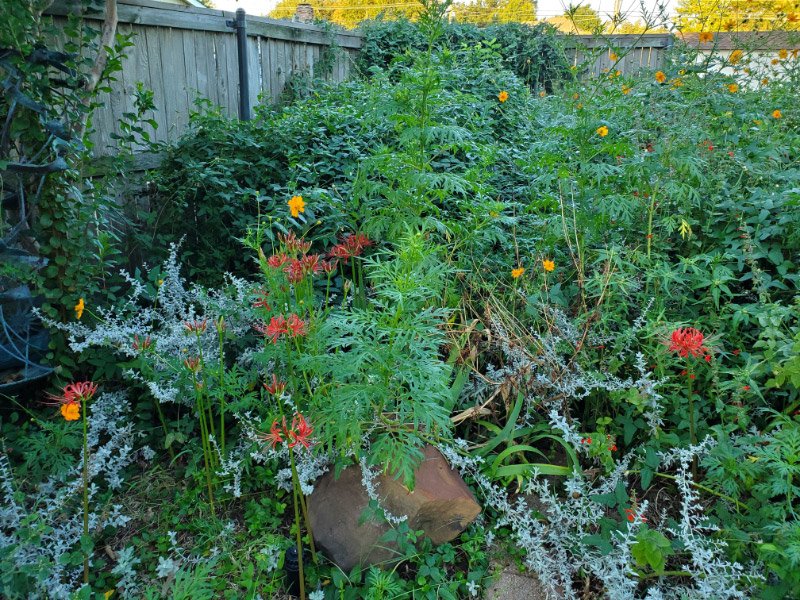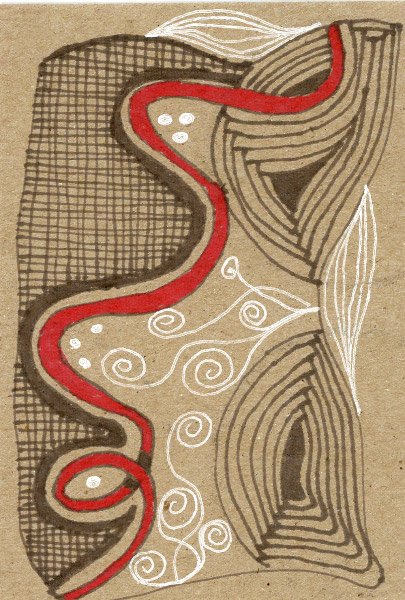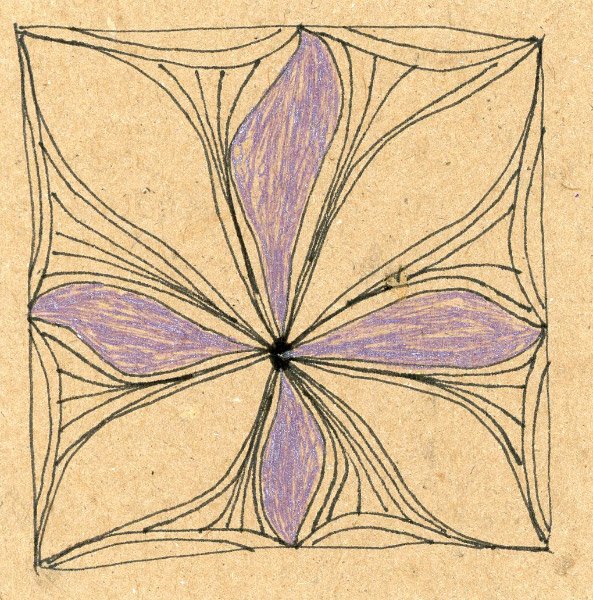The items below were ‘the cream’ of the articles and websites I found this past week. Click on the light green text to look at the article.
Photography Collective Highlights Washington State’s Beautiful Vistas in New Book – My husband and I were talking about a trip to the northwestern US before the pandemic…maybe it’s time to think about it again. It’s one of the few areas of the country we have not visited.
The people resurrecting India’s ancient fruit trees – Saving varieties of trees through grafting…mangos being the dominant example in this article.
Longhorned tick discovered in northern Missouri – I perked up when I saw ‘Missouri’ in the title…since I now live in the state. It turns out that this tick is originally from eastern Russia and Australasia…and was first found in the US in New Jersey in 2017. It has been spreading rapidly with Missouri being the first state in the Midwest. It has a negative impact on cattle.
Cactus holes and cobwebs: the weird nesting habits of birds – Some unusual bird nests.
James Earl Jones Retires from Voicing Darth Vader – End of an era….but not the sound because that will continue on recreated by a proprietary AI.
As carbon dioxide grows more abundant, trees are growing bigger – Increased CO2 accelerates photosynthesis and plants grow faster. The phenomenon is called ‘carbon fertilization.’ That can help reduce climate change if we can keep our forests intact (and increase forests). Drought, insect infestations, and wildfires are a big challenge toward that goal.
NASA successfully crashed a spacecraft into its asteroid target – A baby step toward defending Earth from space rocks.
Cacao consumption no limited to Maya elites – Cacao residues were found on jars, mixing bowls, serving plates, and drinking vessels used all over the El Pilar site.
Neonatal sepsis: the new threat posed by superbugs – Antibiotics were introduced in the 1940s, saving many lives…but they have been over-used – unintentionally breeding resistant microbes that no antibiotic can treat. In India, 20% of neonatal deaths are caused by sepsis.
US Plan to Add 500,000 EV Chargers in All 50 States Gets Final Approval – Hurray! I am enjoying my plug-in hybrid (Prius Prime) right now but want my next car to be an EV….and I still want to be able to take road trips! This project getting underway is a start toward making that easier.












